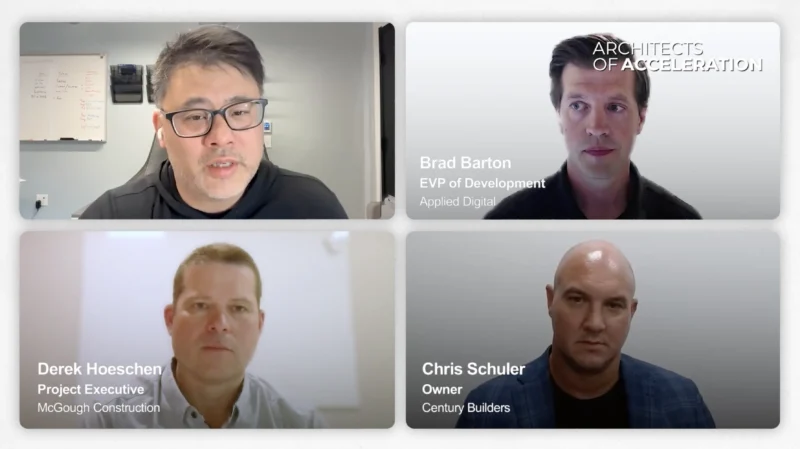The Economics of a Global Capability Center
As outsourcing costs rise, while finding the right talent is akin to locating a needle in a haystack, CIOs search for solutions to these present-day challenges. Thankfully, global capability centers may offer an answer. Dr. Patricia Connolly, Founding Partner and CEO at SMC Squared, and Jan Ross, Former CIO at nThrive, sat down to discuss these issues and provide their thoughts on what makes global capability centers (GCCs) stand out in today’s talent marketplace.
A third-party talent outsourcer’s main job is to satisfy the parameters of the work contract. The contracted person may do all the job requirements but won’t necessarily have a stake in the company. But when bringing in individuals as members of a particular organization, they are more invested in being a part of the company’s success. “They’re not there just to check the box of a contract,” Ross said. “They’re not there to say we don’t do that, so if you want that done, it will cost you more.”
While Ross’s experiences with having a global capability center built at nThrive were positive and her preferred talent acquisition method, building GCCs in-house does take some work. “I recommend always bringing a partner in that’s been there, done that,” Ross said. “There’s a lot of legalities in it. It takes a lot of process and time to deliver to get your organization set up.”
Transitioning to a GCC can be an anxious process for a business unfamiliar with the advantages this model can provide. However, the cost savings alone offer an attractive incentive to move from a traditional outsourcing model to a global capability center. Still, the concern for many US companies is whether or not that economic savings will have a hidden cost in sacrificing quality, consistency, and reliability. Ross did not find this to be the case. “The numbers are accurate, and you can truly get the lower cost opportunities. The individuals are incredibly talented. It’s amazing the capabilities, the education, the drive, and the individuals we’ve brought in from a GCC perspective; they are thrilled to be part of that company.”
For more episodes, please visit the Squared Away Podcast series, and to learn more, visit SMC2’s website.









